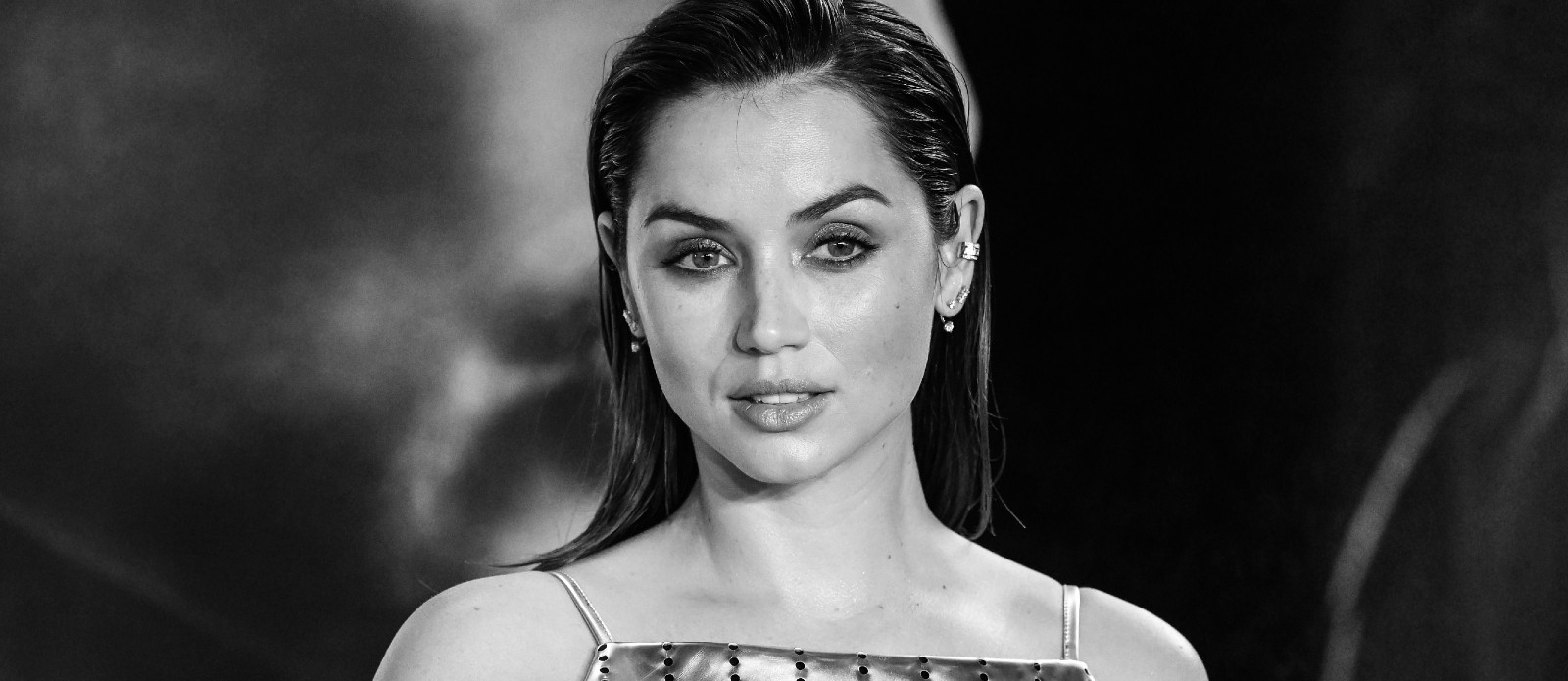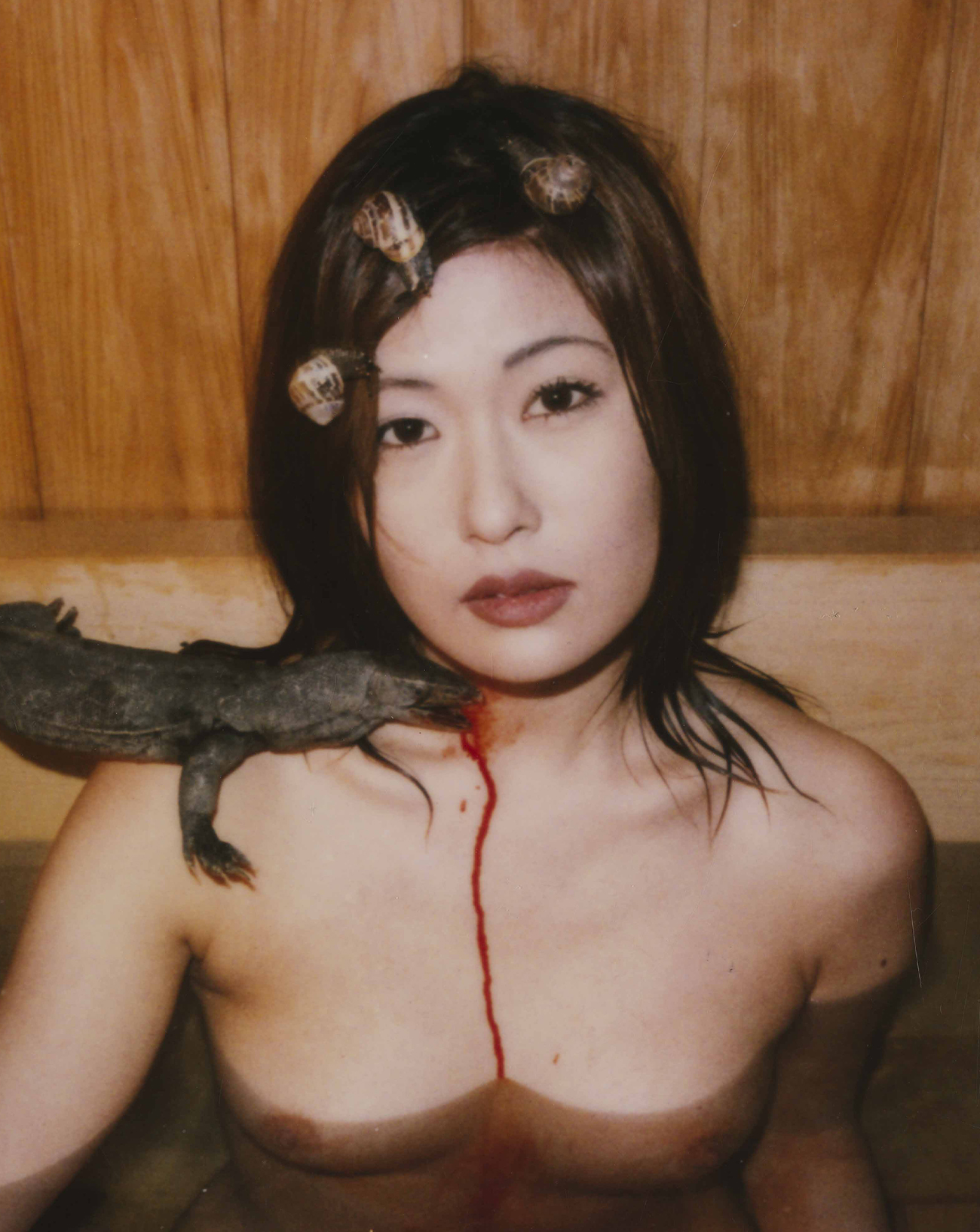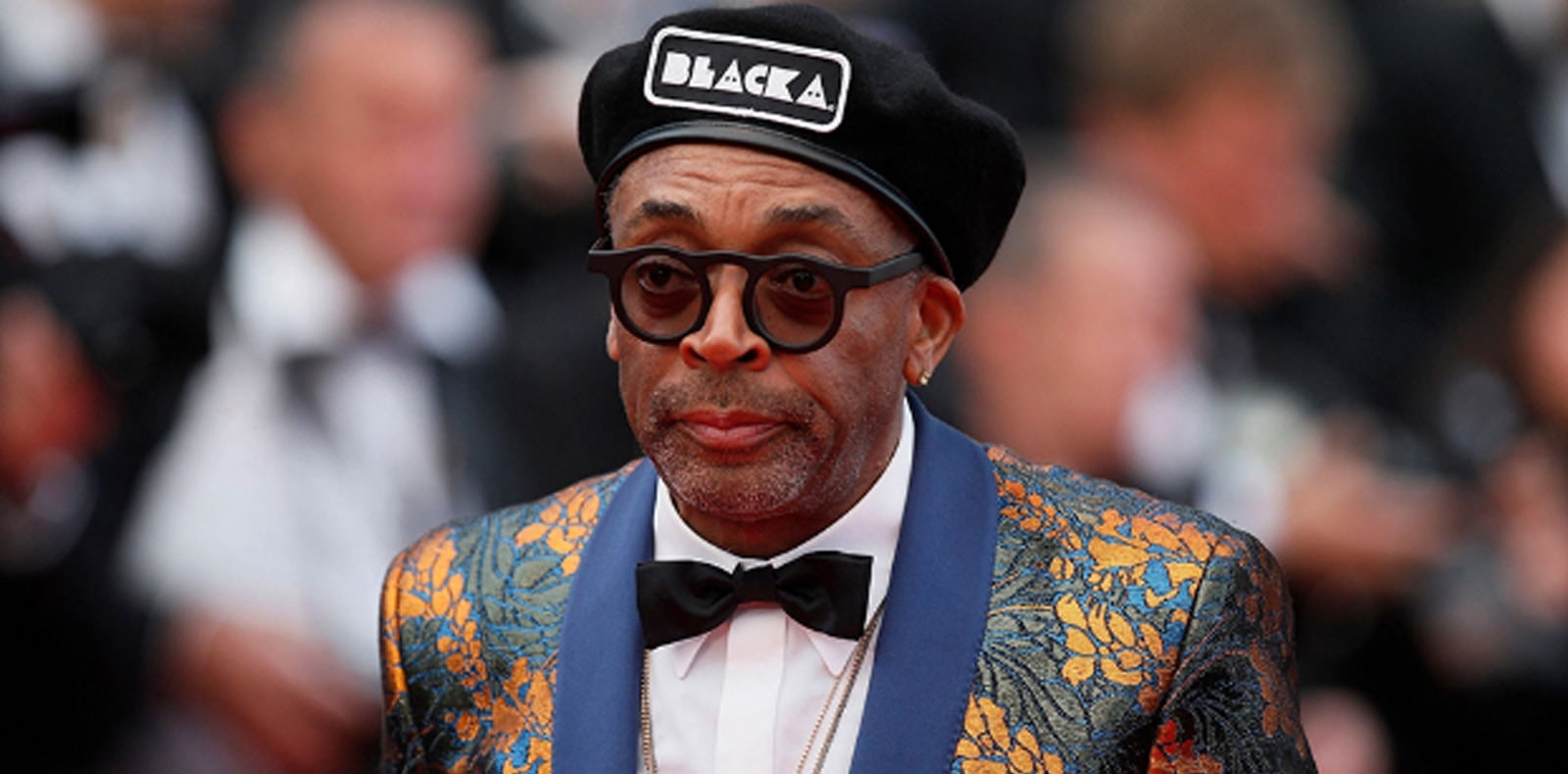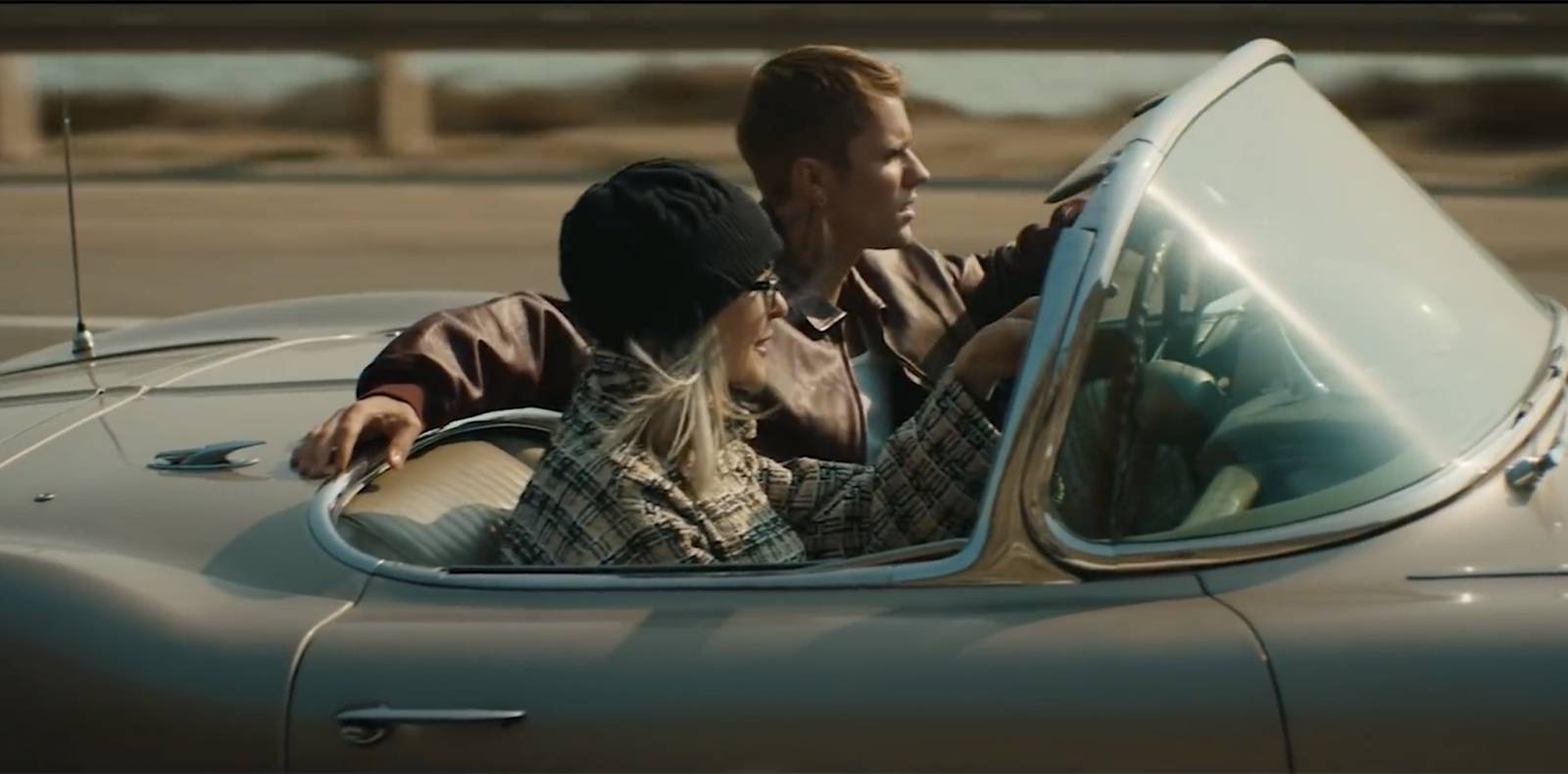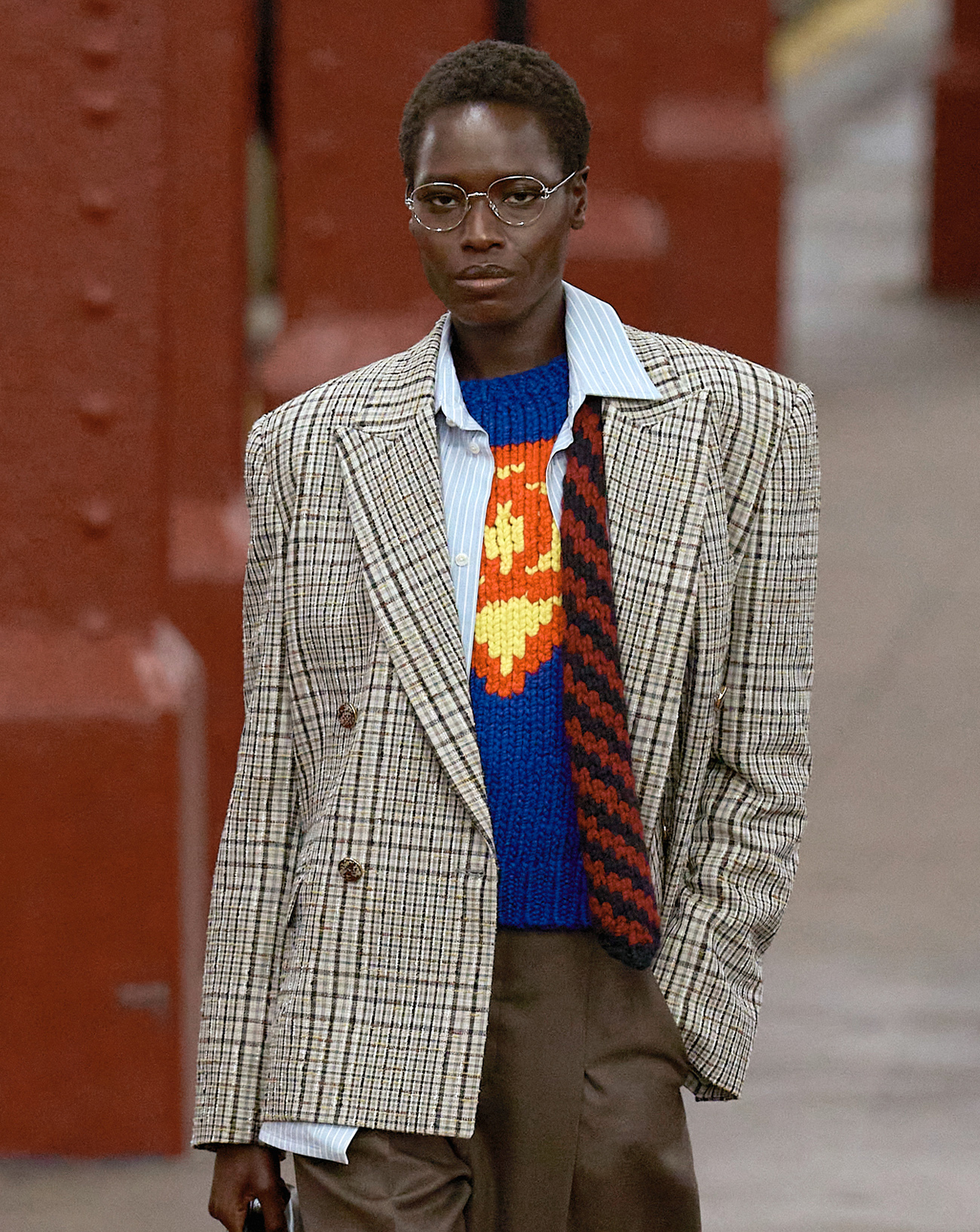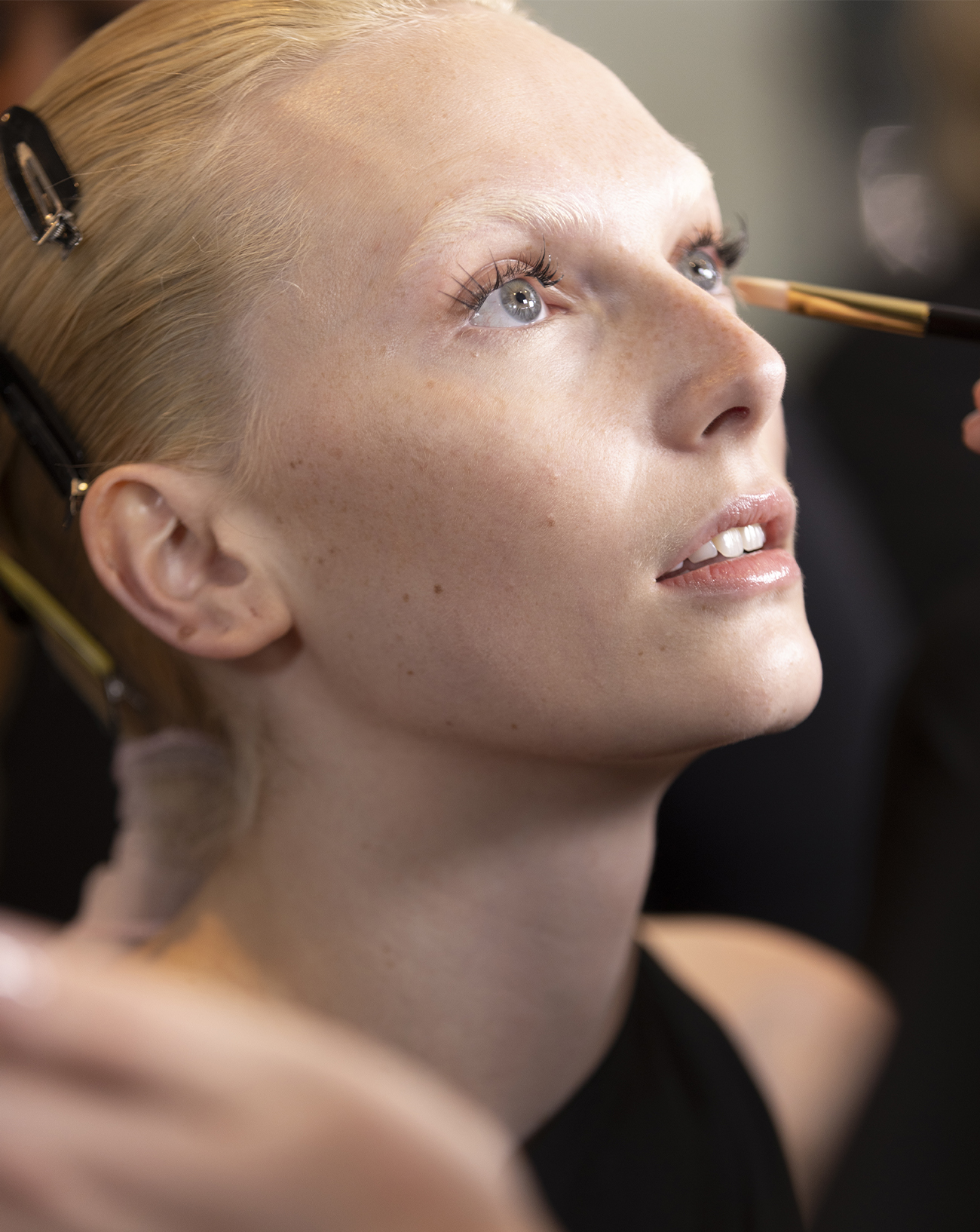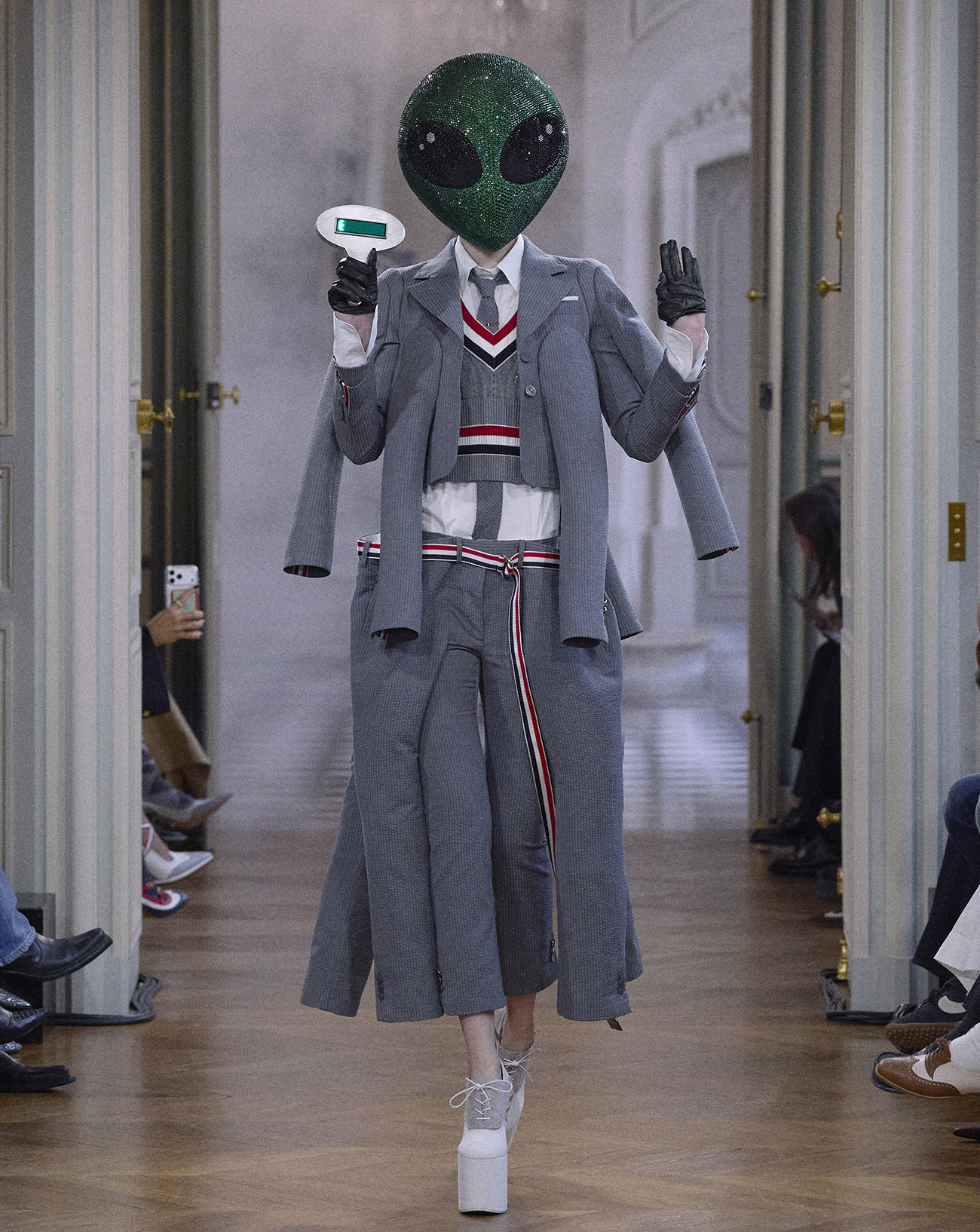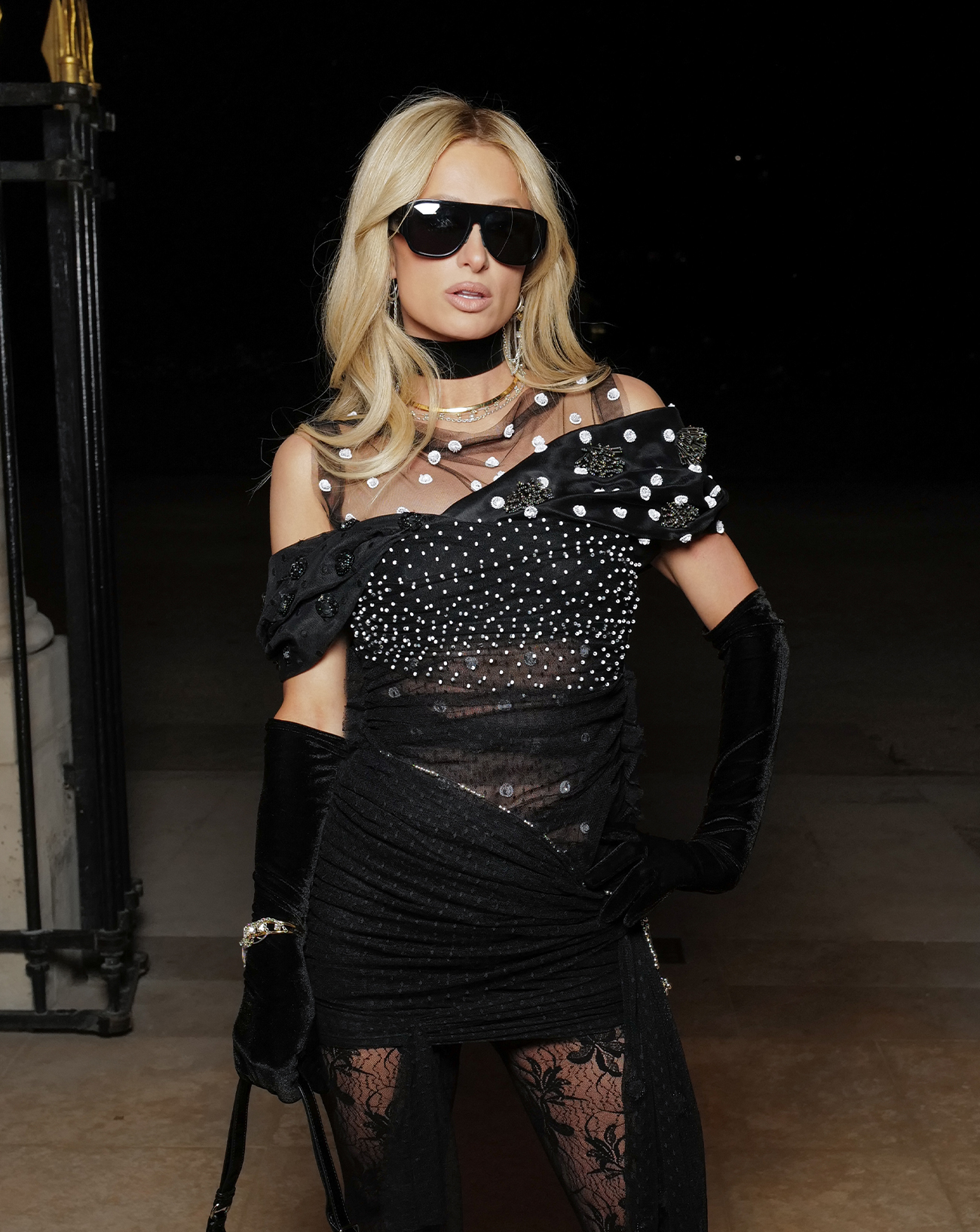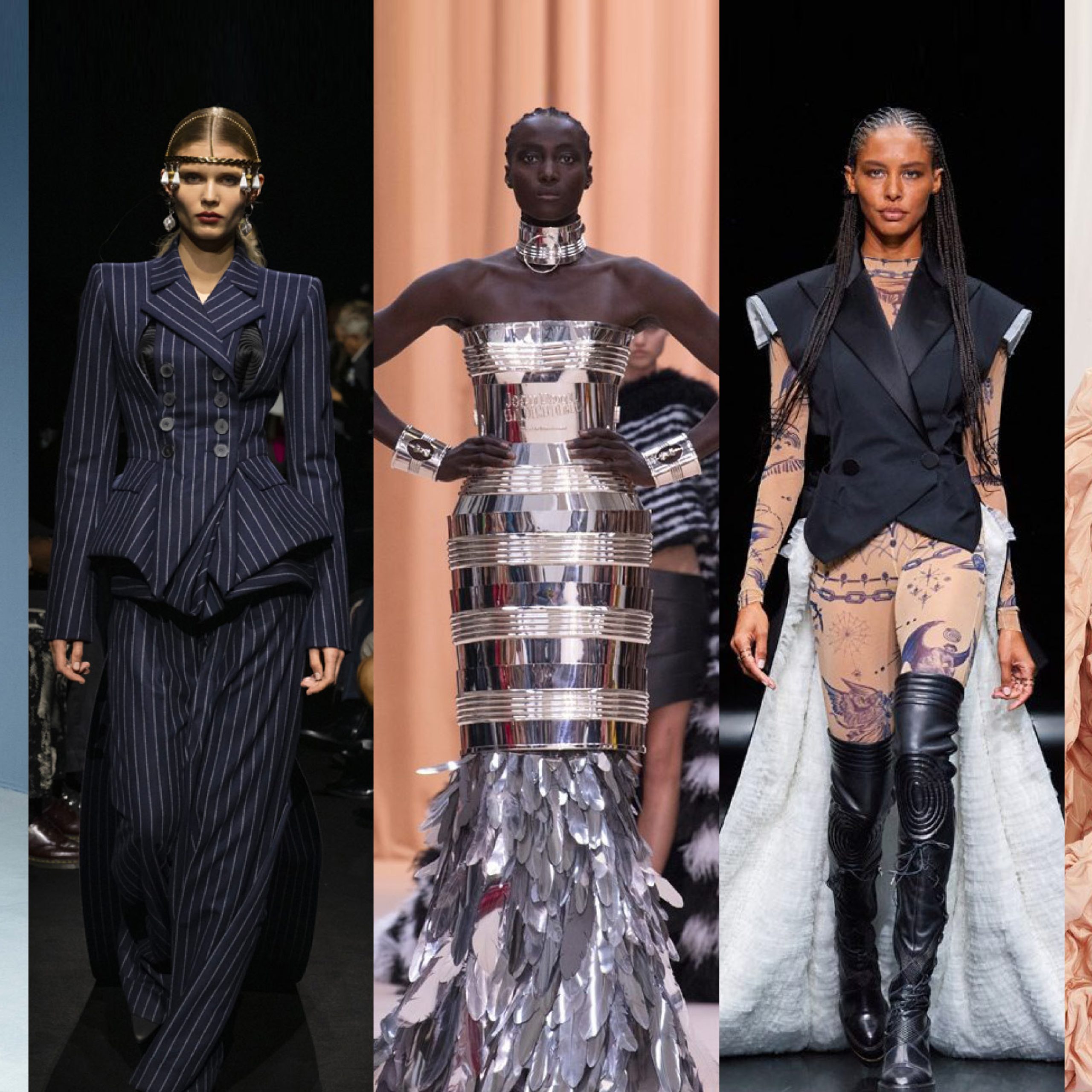
27

27
Jean Paul Gaultier: how designers are revisiting his legacy, from Olivier Rousteing to Simone Rocha
On Monday 18th of March, 2024, Jean Paul Gaultier appointed Nicolas di Felice, artistic director of Courrèges, as the new designer invited to revisit his fashion legacy. Numéro looks back at the six previous collaborations, from Chitose Abe, founder of the Sacai label, to Julien Dossena, Glenn Martens, Olivier Rousteing, Haider Ackermann and Simone Rocha…
By Matthieu Jacquet,
and Léa Zetlaoui.
Fashion designers revisit the legacy of Jean Paul Gaultier
After presenting his masterful final haute couture show in January 2020, Jean Paul Gaultier unveiled an innovative concept designed to keep his legacy alive. Twice a year, he entrusts the keys to his couture ateliers to a guest fashion designer whose goal is to revisit his archives through the lens of their own stylistic codes.
On Monday 18th of March, 2024, as Jean Paul Gaultier appointed Nicolas di Felice, artistic director of Courrèges, as the designer of his next haute couture show, Numéro looked back at the six past collaborations.
Jean Paul Gaultier by Sacai: hybridization and experimentation
In early 2020, shortly after unveiling his last haute couture show, Jean Paul Gaultier revealed the name of the first fashion designer invited to take over his legacy for a show scheduled in 2021: Chitose Abe, the founder of the Japanese label Sacai. From the very first look, the navy-blue, tennis striped suit – one of Jean Paul Gaultier’s signature pieces – gave birth to a baroque dress, as well as oversized, high-waisted pants and asymmetrical, unstructured blazers. Used to distorting wardrobe basics, just like the French couturier, Chitose Abe confirms her talent by turning trench coats, bombers and down jackets into dresses with surprising proportions, while denim shorts are multiplied tenfold and superimposed to form the pleats of a tone-on-tone skirt. A collection that testifies to Chitose Abe’s love of punk fashion, but also to the art of deconstruction, a legacy of her elders Rei Kawakubo and Yohji Yamamoto passed down to her.
“The way Chitose Abe tears clothes down matches my idea of recuperation, just like when women would sometimes take their husbands’ pants and turn them into skirts during World War II. (…) She took up techniques I had already used and improved them. I was very moved to see the result, and I also loved the models, the presentation… It was me without being me.”
Jean Paul Gaultier by Glenn Martens: maximalism and sensuality
Among extravagance, maximalism and opulence, Glenn Martens’ couture collection for Jean Paul Gaultier leaves no one indifferent. With about thirty pieces, the avant-garde designer, artistic director of the label Y/Project and of Diesel, pushes the French couturier’s DNA to the another level. For starters, the stripes: he uses both vertically and horizontally this pattern so dear to Jean Paul Gaultier to cover all ensembles and dresses in order to accentuate the feminine curves. Then, the corset: in each piece, Glenn Martens creates a wide range of lacings from this iconic accessory, sometimes spectacular on a section of a dress, at times following the length of a dress from shoulder to foot, while satin ribbons intertwine to circle the bust. The Belgian fashion designer also enhances the sensuality of the body with a series of sheer, skin-tight sheath dresses, for a bodycon effect. As a result of great technical prowess, the collection also pays tribute to the origins of haute couture, with voluminous taffetas reminiscent of creations by Charles James or Charles Frederik Worth.
“Knowing my archives and seeing what Glenn Martens was offering with his label Y/Project, I could already picture what he would be interested in and what direction he would take. I have always loved and followed his work. I remember a pair of incredible thigh-high boots in organza or organdie in particular. What strikes my attention is his wildness combined with his Flemish discipline.”
See all the photos from the Jean Paul Gaultier haute couture show by Glenn Martens.
Jean Paul Gaultier by Olivier Rousteing: cone bra and perfume bottle
Conceived as a love letter to Jean Paul Gaultier, Olivier Rousteing’s collection revamps five monuments of the French designer’s legacy. As Jean Paul Gaultier was one of the precursors of discovering models outside the agencies, this show was stage with an inclusive cast and echoes the 1994 collection “Les Tatouages”, with cone bras as a tribute to Madonna and the offbeat tailoring dear to the French “enfant terrible of fashion”. More astonishingly, the collection features sculptural metal creations inspired by the perfume “Le Mâle”.
“I was sure of my choice when I invited him, but when I saw the result, I was very moved. He even went further than I did, outdoing some of my ideas, so there was something exhilarating about his show. And I was in awe when I saw the clothes up close, because Olivier really knew how to use the techniques of haute couture,” Jean Paul Gaultier shared in an exclusive interview with Numéro.
See all photos of the Jean Paul Gaultier haute couture show by Olivier Rousteing.
Jean Paul Gaultier by Haider Ackermann: masterful tailoring
After the extravagance of Glenn Martens’ and Olivier Rousteing’s collections, Haider Ackermann’s vision stands out from its predecessors for its apparent sobriety. For this new series of pieces, the French designer has decided to emphasize a less flamboyant, yet nonetheless relevant aspect of the house of Jean Paul Gaultier, which is tailoring. Among blazers, tailcoats, and sharp carrot pants, the designer’s minimalist creations play with lines – the famous cone bra worn by Madonna now turns into a bustier with almost pyramidal breasts. As a response to the prevailing dark, deep, monochrome tones of these pared-down pieces, Haider Ackermann offers tangy hues, from sky blue to orange and aniseed green, in the lining or details of a piece, and even extends them to a whole dress. Sequins, fur, Lurex dresses, and white feather pants for an immaculate bride complete this highly sophisticated wardrobe.
“Haider hasn’t taken on the most obvious, best-known or most talked-about features of my universe, like the sailor striped top for instance. Regarding the corset, he instilled a personal inspiration into the piece: he superimposed two of them, a tighter one holding back a wider one, all tucked into a pair of pants. I thought it was a splendid way of diverting my codes by imagining a corset that was itself corseted. When I discovered the collection designed by Haider, I saw a beautiful couture collection above all. I pictured myself wearing it, with beauty and rigor, not with ease. It is quintessential couture to some extent.”
Jean Paul Gaultier by Julien Dossena: a phantasmagorical Paris
While his predecessors have revisited some of Jean Paul Gaultier’s most memorable collections and designs, Julien Dossena explores a theme dear to the designer’s heart: Paris and its population. Each of the 33 looks pays tribute to a specific Parisian neighborhood, in a more or less literal way. Abandoning the subversive aspect of Jean Paul Gaultier’s legacy, the vision of the artistic director of Rabanne unfolds in a myriad of metal chains and chain mails, the Spanish designer’s signature.
“I didn’t come here to do a couture collection that would resemble what I would do in haute couture. I see my work as an interpretation, like any artist would do with a musical repertoire. It is a bit like conducting a recital. It is about giving a different tempo to already existing pieces,” Julien Dossena told Le Monde in an interview.
Jean Paul Gaultier couture collection by Simone Rocha
It was Simone Rocha’s turn to present her collection for Jean Paul Gaultier during the Paris haute couture Fashion Week, last January. The Irish designer, who founded her label in 2010, delivers a poetic and provocative interpretation of the French couturier’s universe. Throughout her couture collection, Simone Rocha cross-references the collections “Les Tatouages” and its trompe-l’œil, “Dadaism” and its infamous cone bras, “Barbès” and its gathered satin, and the sailor stripes. She injects her own codes inspired by her native Ireland with humor and sensitivity, but also byhistorical costumes, such as the crinoline hoop skirt, and romantic details like satin bows and ribbons, translucent tulle and nude tones.
Already spotted on Diane Kruger at the 2024 César ceremony and on Florence Pugh at the Oscars after-party, we are eager to see more of this collection on the red carpet.
Traduction Emma Naroumbo Armaing.






